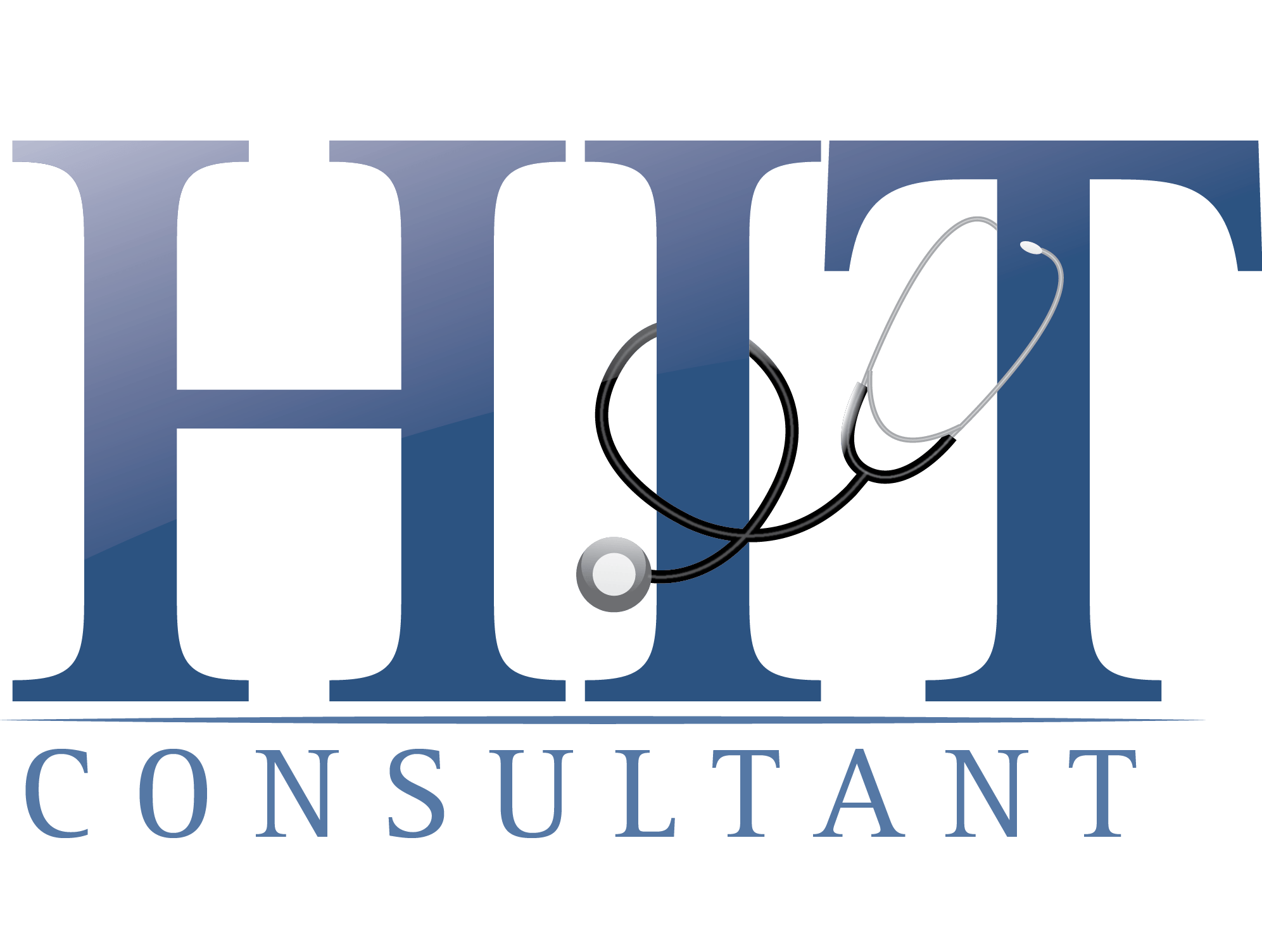
Workplace violence was estimated to cost healthcare organizations $18.27 billion in 2023. This spend included treatment for victims, security staffing for facilities, and violence prevention programs, among other costs. But more often than not, one of the biggest vulnerabilities to violence in healthcare often goes overlooked: visitor management.
Violent incidents aren’t solely caused by patients. Many times, incidents involve the visitors who enter healthcare facilities without proper screening or oversight. This can prove to be a risky – and costly – miss. However, this risk is a common gap across healthcare, especially in hospital settings. In fact, fewer than half of healthcare workers report that their hospital requires basic visitor management security protocols like ID checks at entry points.
As healthcare organizations continue to elevate their facility and staff safety plans, it’s critical that they prioritize visitor management protocols.
Striking a Balance in Visitor Management
Healthcare leaders face a difficult question regarding visitor management: How do you strengthen security without creating an unwelcoming or overly restrictive atmosphere for patients and families?
The answer lies in designing safety plans and systems that are both protective, compassionate, and collaborative.
When improving visitor management protocols, it’s essential that healthcare leaders receive input from varying stakeholders, such as patient coordinators, nurses, doctors, and family advisory groups. This enables leadership to see the risks and opportunities associated with different levels of visitation from different points of view. In intensive care units, family members may want unlimited access to their loved ones in critical condition; however, in these units, patients also must receive as much rest and treatment as possible for a positive outcome. Balancing expectations with a tranquil healing environment is a fine line, but gaining input from the professionals who work these floors daily will help identify policy tolerance and uncover unique solutions.
When designing visitor management protocols, it’s also important to consider that different settings demand different approaches. For instance, a behavioral health unit may require more restrictive visitation than post-op care units. Tailoring visitor policies to the unique needs of each unit enables healthcare facilities to promote staff and patient safety without compromising care.
Change management is equally as important. Healthcare staff should clearly understand visitor management protocols and why they’re being implemented as they are. Thorough check-in processes should be streamlined and explained transparently to visitors, while being empathetically enforced. This helps ensure visitors feel supported while facing difficult situations and helps healthcare staff feel confident about who is in their facility, so they can concentrate on their job: providing care.
Building An Effective Program
An effective visitor management program should extend beyond basic sign-ins or casual ID checks. The strongest programs share these five characteristics:
- Clear and consistent policies. Visitors should know what to expect, and staff should confidently and consistently enforce the policies set by each unit. This prevents confusion and reduces conflict.
- A smooth check-in process and thoughtful screening. Whether through pre-registration or a quick on-site system, visitors should be able to check-in and receive a badge or sticker that informs staff that they have been properly screened to be in the facility. Organizations can discreetly check visitors against relevant criteria or watchlists before granting access, helping prevent potential risks from reaching patient care areas.
- Visitor visibility while on campus. Enabling security teams to know where visitors are at any time ensures a faster response if something goes wrong. For example, security teams knowing that four family members are visiting the maternity ward can provide stronger situational awareness if an incident occurs.
- Learning from data patterns. Reviewing data, such as peak visiting times, unit activity, or patterns of recurring visitors, can help healthcare leaders identify trends related to safety incidents. They can then use those insights to inform policies and continuously improve safety planning.
- Oversight of vendors and contractors. External workers, from medical device reps in operating rooms to a plumber who needs to fix a broken sink in a patient’s room, often move through sensitive areas of healthcare facilities. Tracking their access to specific units and time on-site ensures accountability.
Visitor management works best when integrated with overall workplace safety efforts. Healthcare leaders’ ability to elevate visitor oversight from a transactional task to a meaningful layer of protection for staff, patients, and families is critical.
Shifting Toward a Culture of Safety
Implementing visitor management protocols is not just about pushing policies or technologies – it’s a mindset shift leaders must embrace to ensure the highest levels of staff safety and patient care. When approached correctly, it can strengthen the healing environment, reassure staff, and better protect patients.
As violence in healthcare continues to rise, overlooking visitor management is a liability. This must be a central pillar of healthcare workplace safety.
About Andrea Greco
Andrea Greco is the SVP of Healthcare Safety at CENTEGIX. She’s spent decades partnering with customers to deliver solutions that focus on employee, patient, and family satisfaction and engagement. Her current role is focused on the creation and deployment of innovative, layered safety solutions that empower and protect healthcare organizations every day.

